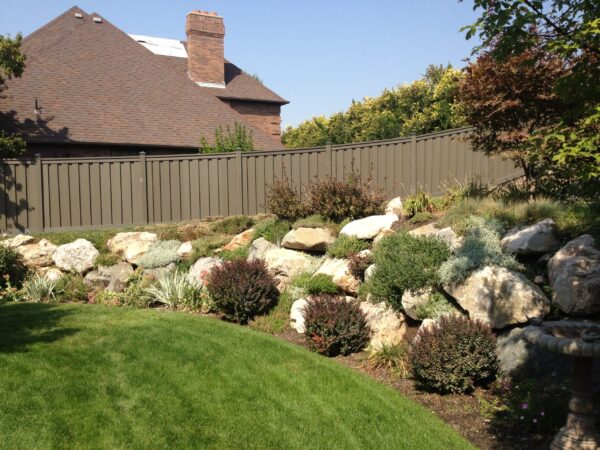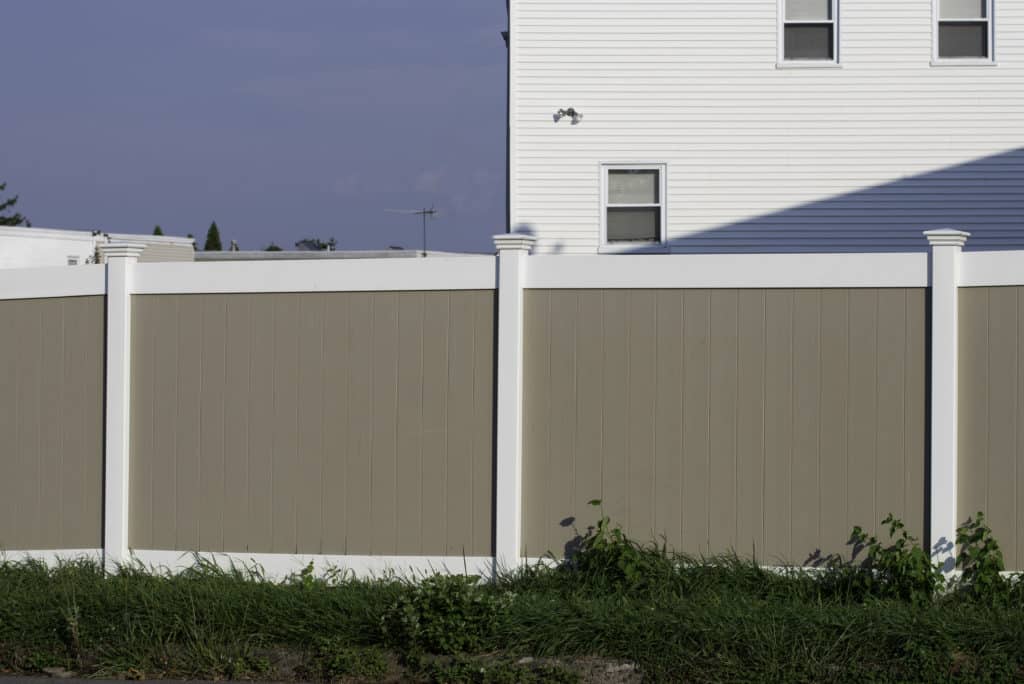Fences play a big role in our homes because they provide privacy, boost security, and clearly mark property boundaries. But when it comes to fences on shared property lines, things can get tricky. A well-planned fence can strengthen neighborly bonds, while misunderstandings about it can spark conflicts. In this blog, we’ll explore how to handle property line fencing the right way, so you can enjoy your space peacefully and avoid common disputes. Let’s dive into the key steps for good fences and great neighbor relations!

1. Know Where the Property Line Is
Before you start digging post holes, it’s crucial to know exactly where your property line is. Guessing or relying on where an old fence sits can lead to disputes with neighbors, or even legal trouble. The safest route is to check your plat map, county property records, or a previous property survey. If those aren’t clear or up to date, consider hiring a professional land surveyor. They’ll mark the boundary with precision, giving you peace of mind before the first fence post goes in. Knowing the true boundary helps you build confidently and keeps the fence in the right place.
2. Talk to Your Neighbor First
Before you put up a fence, it’s always a smart move to talk to your neighbor first. Open communication helps avoid misunderstandings and can actually turn a potential headache into a positive collaboration. Approach the conversation respectfully by letting them know your plans, listening to their input, and being open to compromise. You might discover you both want the same things, like more privacy or a cleaner-looking boundary. If it’s a shared property line, you can also discuss splitting the cost or choosing a style you both like. A simple chat upfront can lead to smoother planning and stronger neighborly connections.
3. Understand Local Fencing Laws and HOA Rules
Before building a fence, it’s essential to understand your local laws and HOA rules. Most cities have zoning regulations that limit fence height, specify how close you can build to sidewalks or roads, and sometimes even dictate the materials you can use. In many cases, you’ll also need a permit, especially for taller fences or those in front yards. If you live in a neighborhood with a homeowners association (HOA), check their design guidelines too. They may have strict rules about colors, styles, or fence placement. Doing your homework now can save you time, money, and frustration later on.
Shared Fence? Know Who Pays for What
If your new fence will run along a shared property line, it’s important to understand how that impacts responsibility and cost. These are often called “good neighbor” fences because both sides benefit—whether it’s increased privacy, security, or curb appeal. In this case, it’s reasonable to talk with your neighbor about splitting the cost and agreeing on style, materials, and maintenance plans. A friendly conversation and a written agreement can go a long way toward avoiding future disagreements.
But what if your neighbor doesn’t want to chip in? You can still move forward, but you’ll need to build the fence entirely on your side of the property line and cover all the costs. It might feel unfair, but staying respectful and sticking to legal boundaries keeps things from escalating. In the long run, handling things professionally can preserve your neighborly relationship, even if they’re not ready to invest.

4. Be Respectful with Design Choices
When installing a fence, it’s more than just your yard to think about. Choosing a design that complements both properties shows respect and keeps the peace. A classic rule of fence etiquette is to have the “good side” face outward, giving your neighbor the more finished look. Try to pick styles and materials that match your home and the surrounding neighborhood. It’s a small step that goes a long way in keeping relationships friendly and your curb appeal strong. A beautiful, considerate fence can make everyone happy on both sides.
5. Keep It Legal and Document Everything
Even if you and your neighbor have a friendly handshake agreement, it’s smart to put everything in writing. A simple document outlining who’s paying for what, the agreed-upon fence design, and how maintenance will be handled can prevent confusion down the road. It doesn’t need to be complicated—just clear and signed by both parties. Keeping records of permits, receipts, and any communication helps protect everyone involved and keeps the process smooth. A little paperwork now can save you a big headache later, ensuring your fence stays a point of pride, not frustration.
6. Maintain the Fence Over Time
Once the fence is up, the job isn’t over. Regular maintenance is key. Whether you and your neighbor split the upkeep or handle your own sides, keeping the fence clean, sturdy, and in good condition shows mutual respect. A well-maintained fence boosts curb appeal, improves safety, and helps prevent small issues from turning into expensive repairs. Plus, taking care of the fence helps maintain a good relationship with your neighbor by avoiding future disagreements over damage or neglect. A little effort goes a long way in keeping both your fence and your neighborly bond strong.
Contact Bronco Fence for the Perfect Fence
Ready to take the next step in creating the perfect fence for your property? Bronco Fence is here to help every step of the way. Whether you need expert advice on choosing the right fence style, materials, or design to suit your home and neighborhood, or you’re looking for professional installation you can trust, our experienced team has you covered. We pride ourselves on quality craftsmanship and friendly service that puts your needs first. Don’t let fencing questions or concerns slow you down. Contact us today and let us help you build a fence that looks great and lasts for years!
